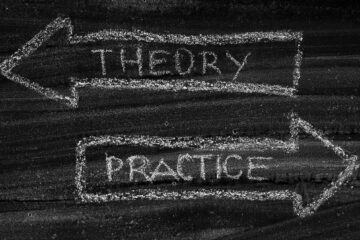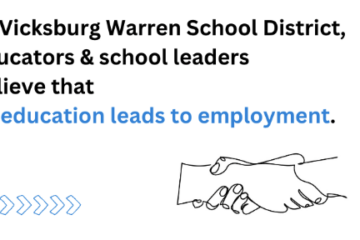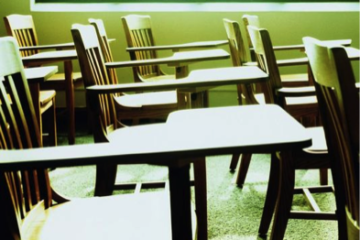The results of the 2019 National Assessment of Educational Progress (NAEP) tests in reading and mathematics provide troubling news. We have known for some time that students in the United States perform in the middle of the international rankings in reading, and well below the global average in mathematics. But the NAEP results show that U.S performance has stagnated over the past decade and actually declined in the past two years. Worse, the gap between high- and low-performing students has widened. At a time when all students need to perform at high levels in order to thrive in an increasingly complex economy and society, these results offer a grim prospect for large numbers of American youths.
These results are not inevitable, though. Many countries have shown that it is possible to build and maintain systems that produce high levels of student performance and do so equitably—at a lower cost than in the United States. These countries have recruited highly capable students into teaching, prepared them well, and made sure the most skilled teachers teach students with the greatest needs. They have provided high-quality early childhood education to the vast majority of young children. They have provided support to students who are struggling. And, most importantly, they have created systems in which each component supports the others, not individual programs, as the U.S. tends to do.
States in the U.S. can build similar systems. Maryland is trying to do so right now. There, a commission charged with redesigning the state’s education system—the Maryland Commission on Innovation and Excellence in Education, known as the Kirwan Commission after its chairman, William “Brit” Kirwan—looked at the 2017 NAEP results and saw that Maryland students needed to do much better, and they looked at what top-performing countries do and decided to adapt those policies and practices to the Maryland context. The state legislature adopted the commission’s recommendations and is currently working on a funding formula to begin implementing them.
The 2019 NAEP results should spark similar actions in other states. For the sake of American youth, let’s hope they do.




